Product Liability Claim: Emotional Distress and Compensation Guidance

Product liability claims are a vital consumer protection mechanism holding manufacturers and sellers…….
In an era where products permeate every aspect of our lives, from household goods to advanced medical devices, ensuring their safety and accountability has become a paramount concern. This is where product liability claims step into the spotlight, serving as a critical mechanism for holding manufacturers, distributors, and sellers responsible for any harm caused by defective products. This article delves into the intricate world of product liability claims, exploring its definition, global impact, economic implications, technological influences, regulatory frameworks, challenges, and future prospects. By the end, readers will gain a comprehensive understanding of this vital aspect of consumer protection and its far-reaching effects.
A product liability claim is a legal action taken by individuals or entities who have suffered harm due to defects in a product. It rests on the principle that manufacturers and sellers have a duty to ensure their products are safe for intended use, and any failure to meet this standard can result in liability. The core components of such a claim typically include:
The concept of product liability has evolved over time, with its roots tracing back to ancient Roman and English common law. However, it gained significant traction in the 20th century due to increasing industrial production and growing consumer awareness. Key milestones include:
Product liability claims are significant for several reasons:
Product liability claims are not limited to any specific region; their influence is felt worldwide, albeit with variations in scope and enforcement.
The economic implications of product liability claims extend far beyond legal settlements and court costs.
Product liability claims influence economic systems by:
Technology plays a pivotal role in both enhancing product liability claims and introducing new challenges.
Regulatory frameworks are at the heart of product liability management, shaping consumer protection and business practices.
Despite robust regulatory frameworks, product liability claims face several challenges that require ongoing attention and strategic solutions.
Toyota Motor Corporation faced a massive product liability crisis due to unintended acceleration in its vehicles, leading to numerous accidents and fatalities. The company’s initial response was criticized for being slow and inadequate. However, through robust internal investigations, Toyota identified software defects and implemented a massive recall program. This case demonstrated the importance of prompt action, thorough investigations, and transparent communication with stakeholders.
Lessons Learned:
For decades, Johnson & Johnson (J&J) faced numerous product liability claims related to asbestos contamination in its baby powder. The company’s prolonged denial of the issue led to massive legal battles and a significant impact on its reputation. Eventually, J&J agreed to settle thousands of cases, leading to significant financial losses.
Lessons Learned:
Samsung’s Galaxy Note 7 smartphone was recalled globally due to battery defects, causing fires and explosions. The company’s swift response included a massive global recall and the introduction of enhanced safety measures. This case highlighted the importance of rapid product recalls and proactive risk mitigation strategies.
Lessons Learned:
The landscape of product liability claims is continuously evolving, presenting both challenges and opportunities.
Product liability claims are an essential component of modern consumer protection, reflecting the intricate interplay between industry, law, and public safety. As technology advances and global markets become more interconnected, the management of product liability will continue to evolve. By understanding its core components, historical context, economic implications, technological influences, regulatory frameworks, challenges, and future prospects, stakeholders can navigate this complex landscape effectively.
The cases studied illustrate the real-world impact of product liability claims, highlighting both the consequences of inadequate safety measures and the benefits of proactive risk management. As we move forward, continued innovation in technology, enhanced regulatory cooperation, and a commitment to consumer protection will be crucial in ensuring safer products and empowered consumers worldwide.
Q: What is the difference between product liability and product defect?
A: Product liability refers to the legal responsibility of manufacturers and sellers for harm caused by their products. A product defect, on the other hand, is a specific issue with a product that deviates from reasonable safety standards.
Q: Can individuals file product liability claims internationally?
A: While individual claims may be feasible across borders, the complexity often increases. Many countries have their own legal frameworks, and seeking justice in a foreign jurisdiction can be challenging without specialized legal assistance.
Q: How do product liability claims impact a company’s bottom line?
A: Product liability claims can incur significant costs, including legal fees, settlements, and improved safety measures. These expenses are often reflected in a company’s financial statements and may affect share prices and investor confidence.
Q: What role does consumer awareness play in product liability?
A: Consumer awareness is crucial. Informed consumers are more likely to identify potential hazards and report issues, aiding in quicker product recalls and improving overall safety.
Q: How can manufacturers ensure compliance with evolving regulations?
A: Manufacturers should stay updated on regulatory changes, invest in training programs for staff, and implement internal compliance systems. Regular audits and consultations with legal experts can also help maintain adherence to standards.

Product liability claims are a vital consumer protection mechanism holding manufacturers and sellers…….
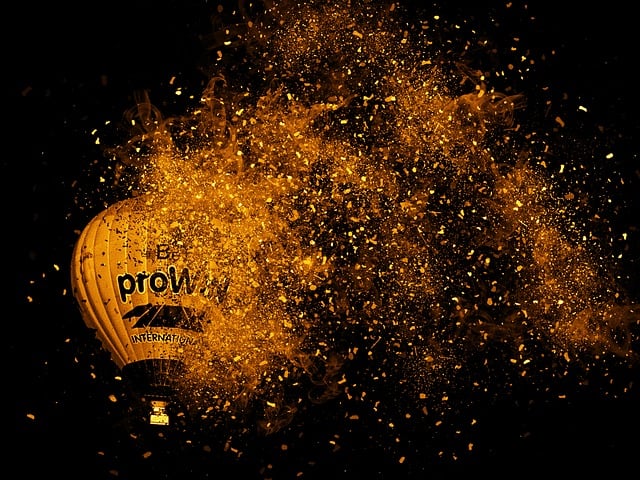
A product liability claim is a legal action against manufacturers or sellers for damages caused by d…….

Product liability claims hold manufacturers accountable for defective products causing harm, with in…….
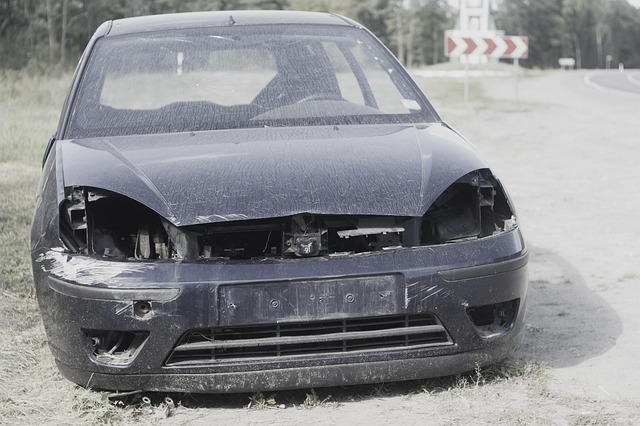
A product liability claim is a legal tool for consumers harmed by defective products. It holds manuf…….
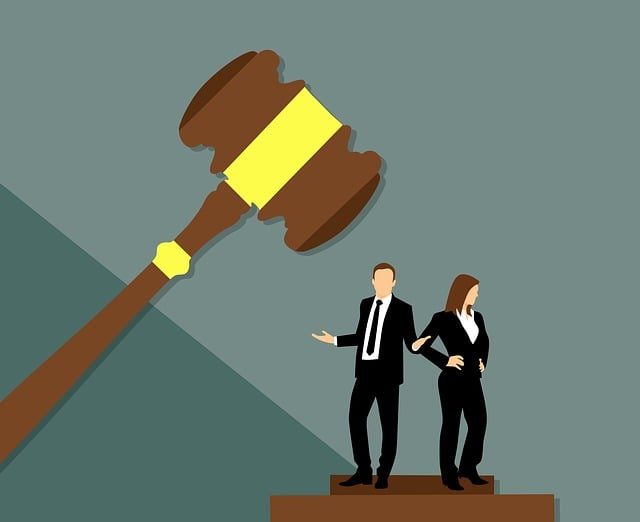
Product liability claims are a powerful mechanism for consumer protection, holding manufacturers acc…….
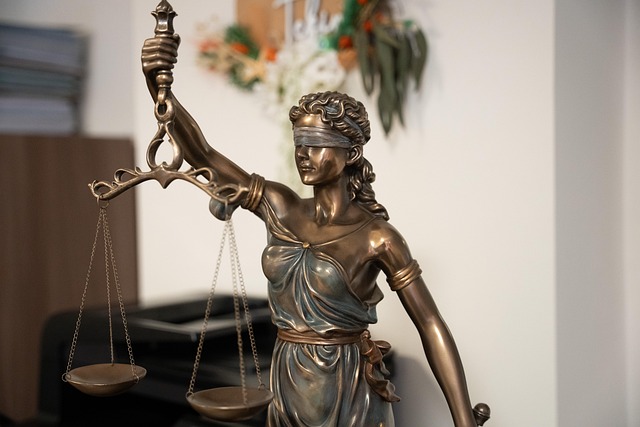
Product liability claims hold manufacturers and sellers accountable for any harm caused by their pro…….
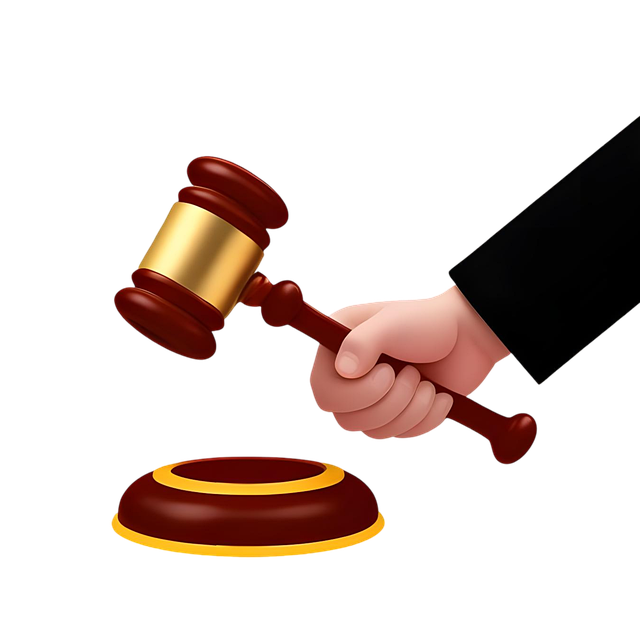
In the legal realm of product liability claims, both consumers and businesses have rights and respon…….
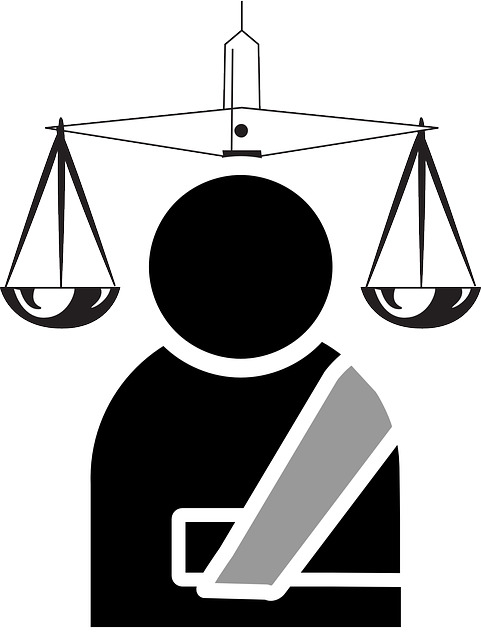
Product liability law protects consumers from defective products by holding manufacturers accountabl…….
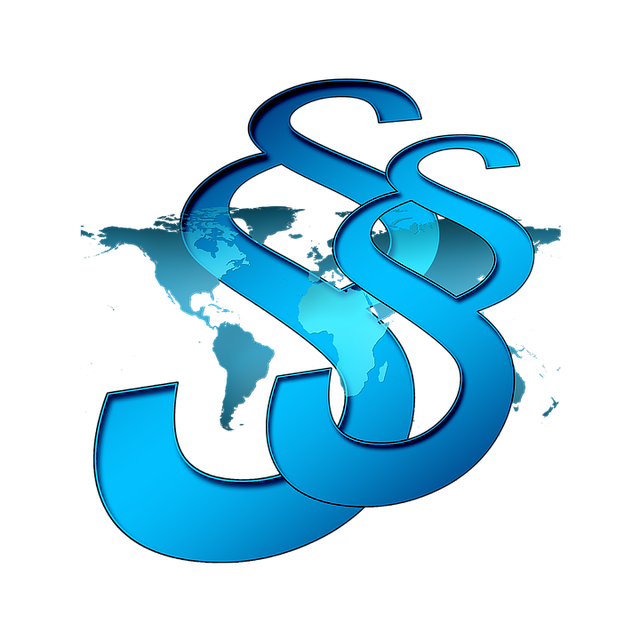
Product liability claims encompass compensation for emotional distress resulting from defective prod…….
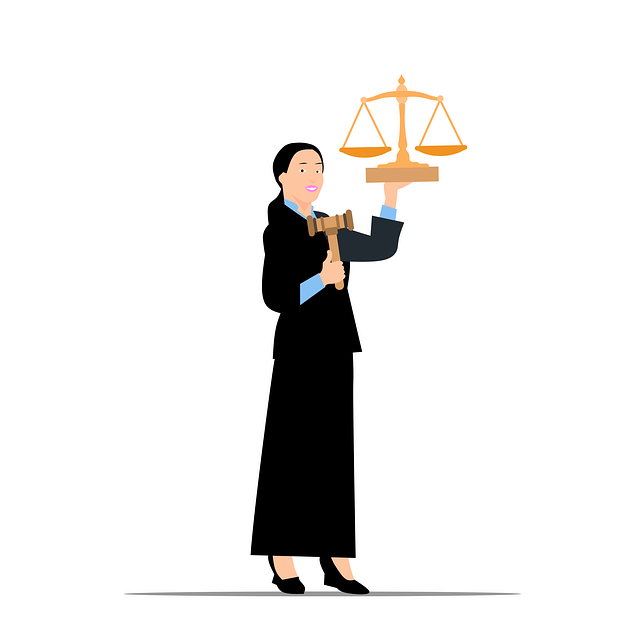
Understanding and navigating a product liability claim requires careful steps: identifying liability…….